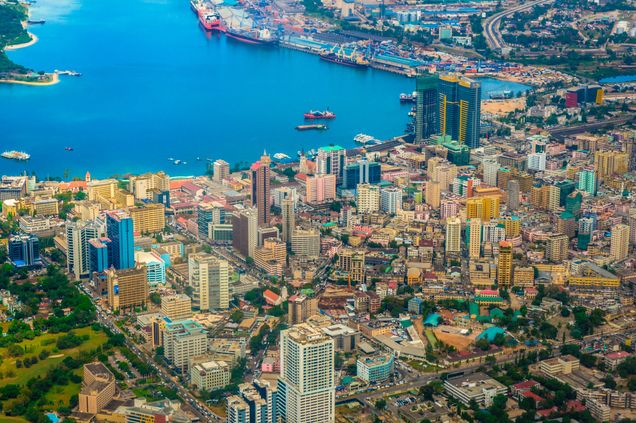‘Minilateral’ Development Banks: What the Rise of Africa’s Trade and Development Bank says about Multilateral Governance

Multilateral development banks (MDBs) are one of the most popular forms of international organization, with at least 27 operating in the world today. Although most academics and policy makers focus on the World Bank and major regional MDBs, the majority of MDBs are in fact relatively small, and controlled by developing as opposed to industrialized countries. How do the differing governance arrangements of these ‘minilateral’ development banks (MnDBs) impact their operations?
A journal article published in Development and Change by Chris Humphrey attempts to answer this question by using the Trade and Development Bank (TDB) as a case study. TDB is the largest borrower-led MnDB in Africa with 22 regional member countries.
Based on an analysis of TDB’s track record since 2005 and interviews with management and shareholders, the author finds that borrower-led governance leads to substantial disadvantages in terms of access to finance. Borrower-led governance permits TDB and other MnDBs greater operational flexibility, which partially compensates for this financial disadvantage, but these operational strategies come with trade-offs in terms of developmental effectiveness. The findings suggest that MnDBs have substantial latent potential and, in an increasingly multipolar world, they are likely to grow in coming years. However, MnDBs need to ensure that their developmental value added is strengthened in step with their financial power. According to Humphrey, the goal should be to evolve high standards and ambitious development outcome targets, but these should be in line with the values and vision of the developing countries themselves.
Read the Journal Article